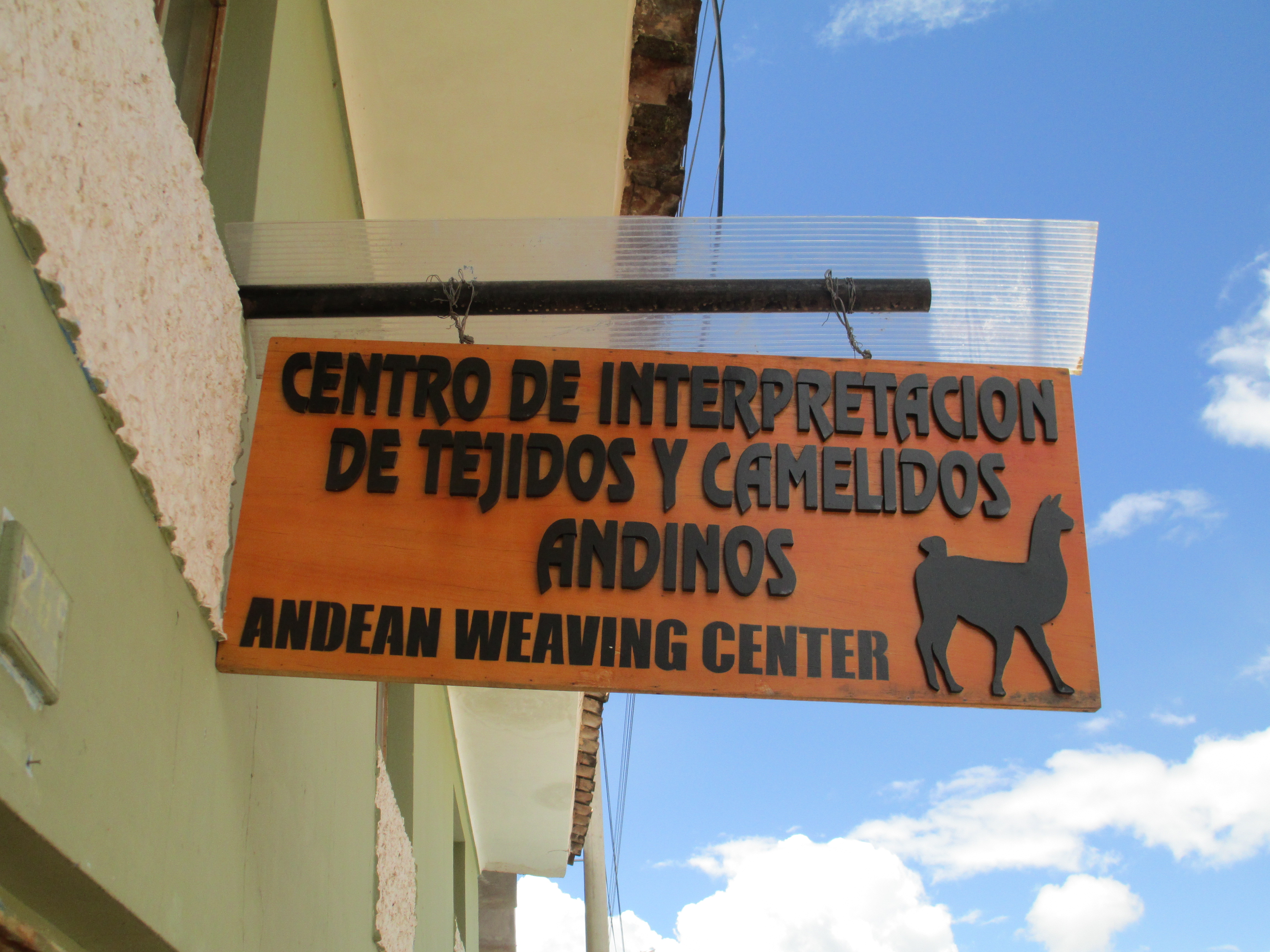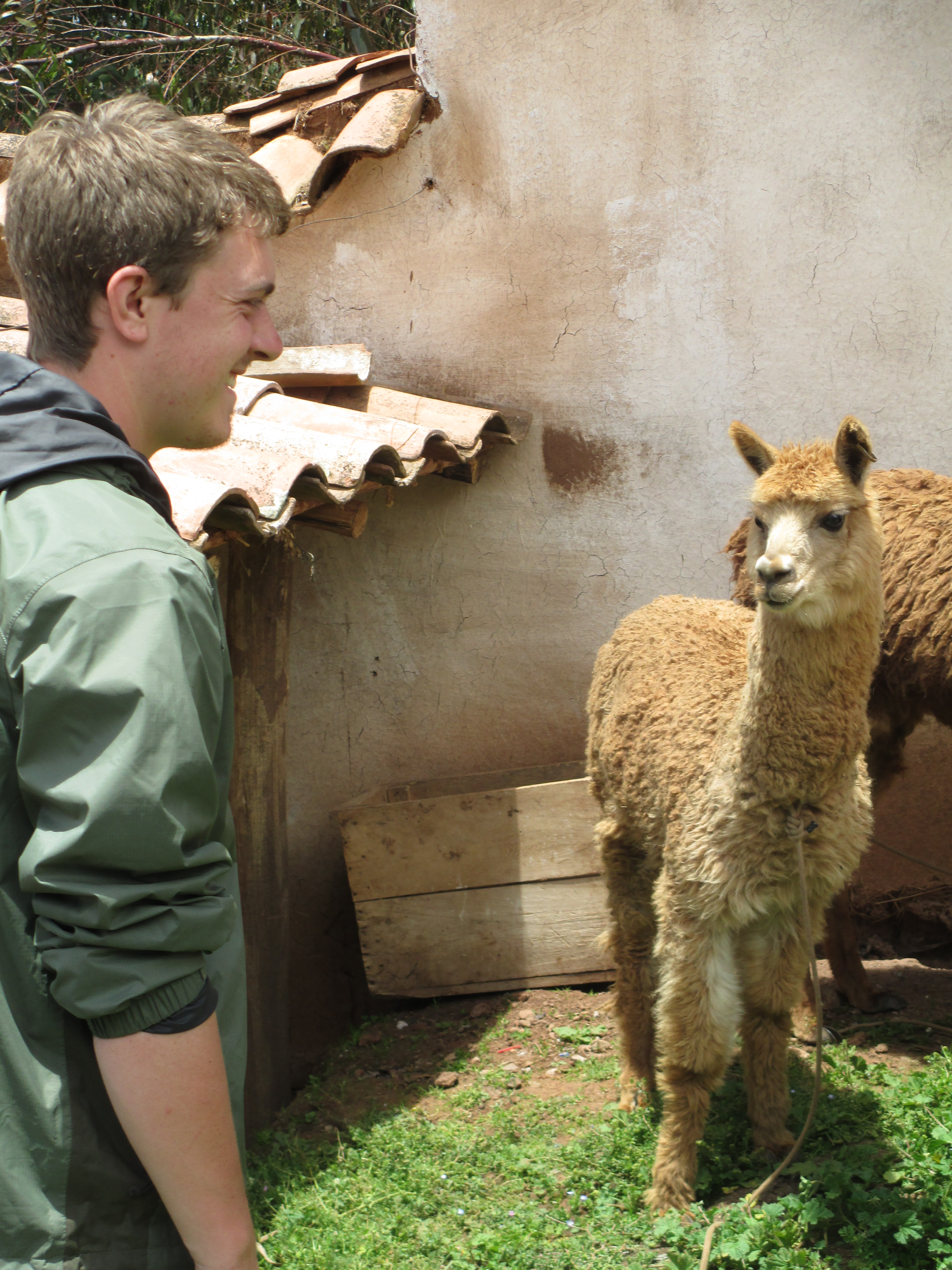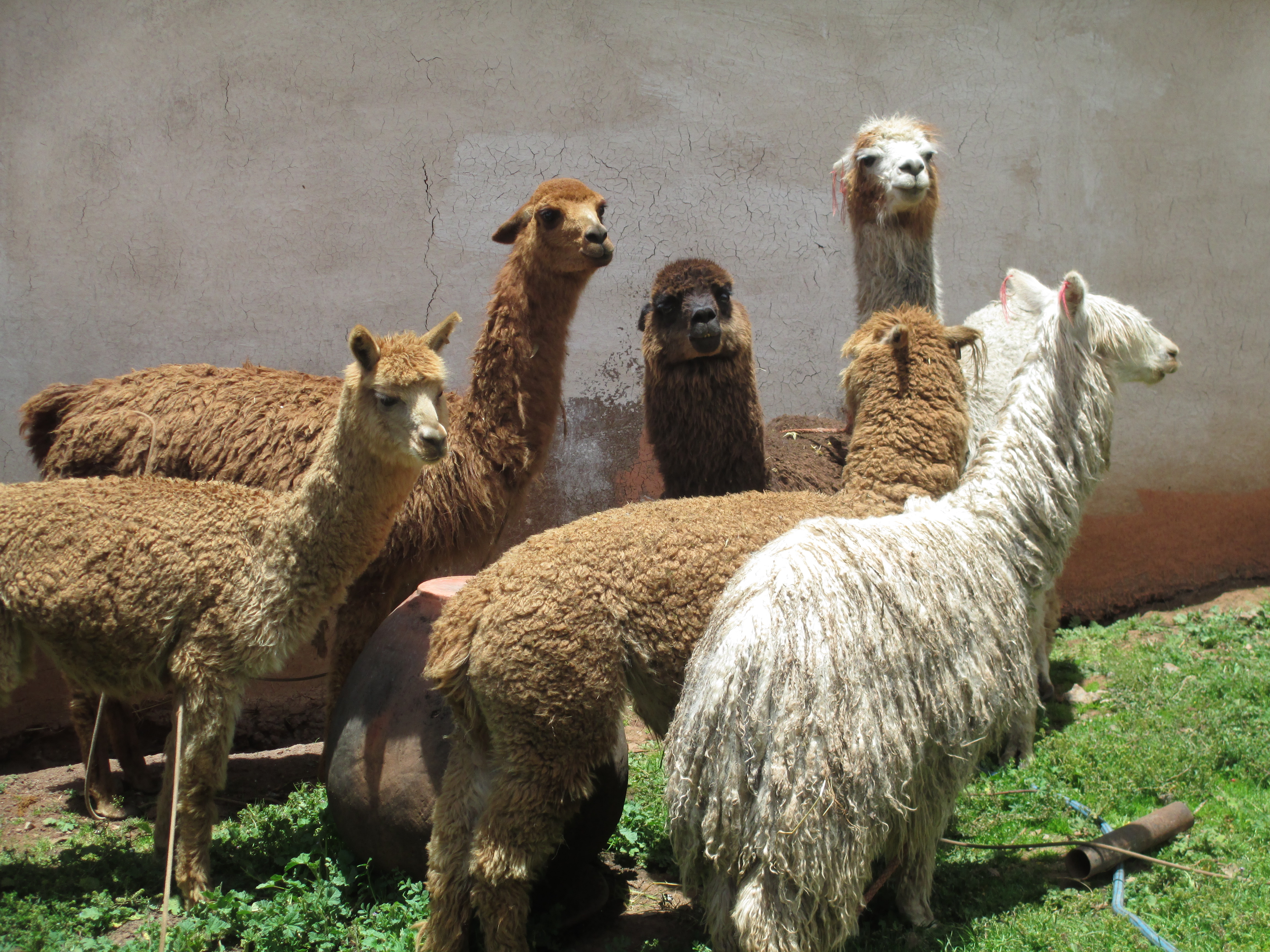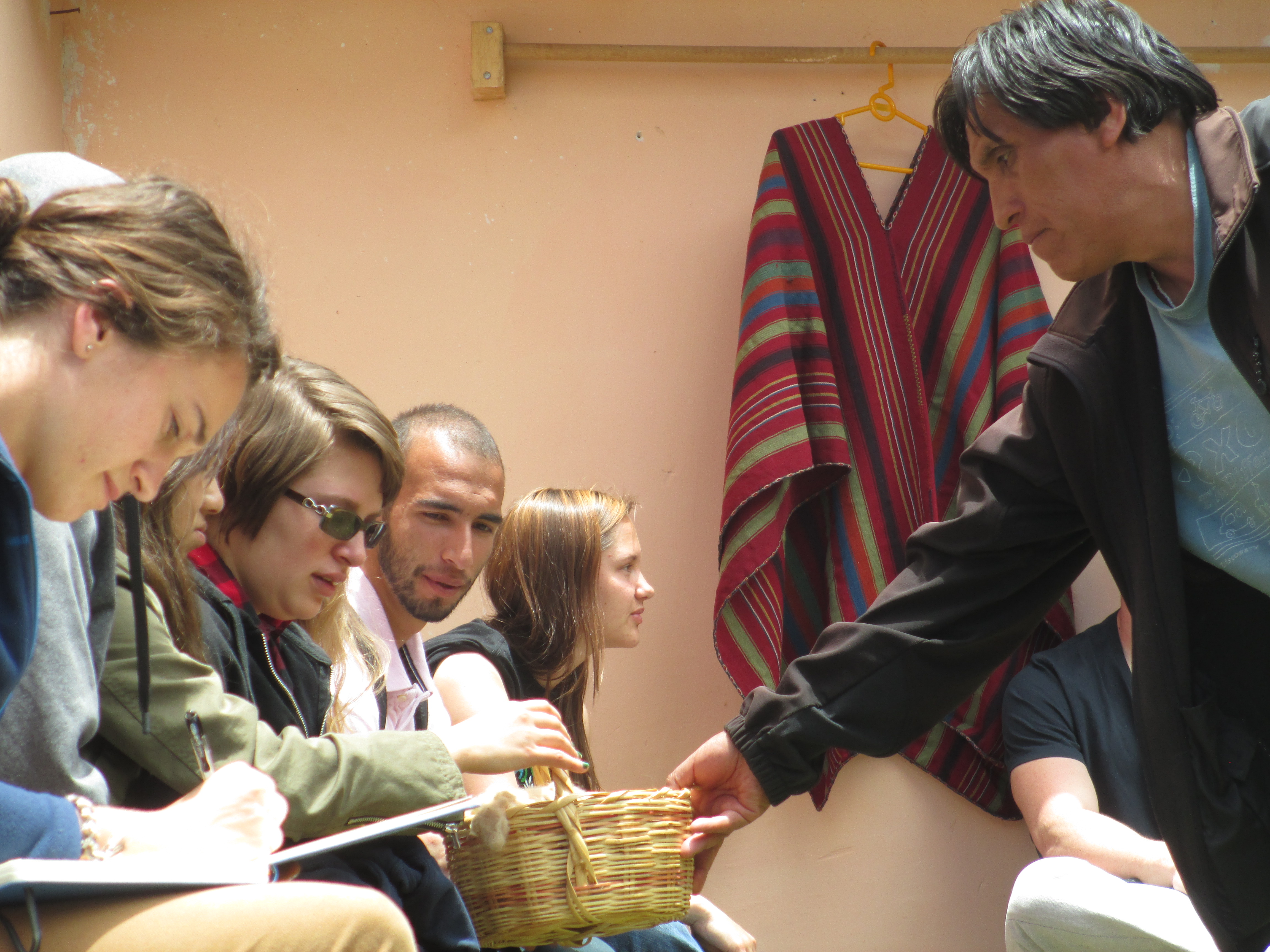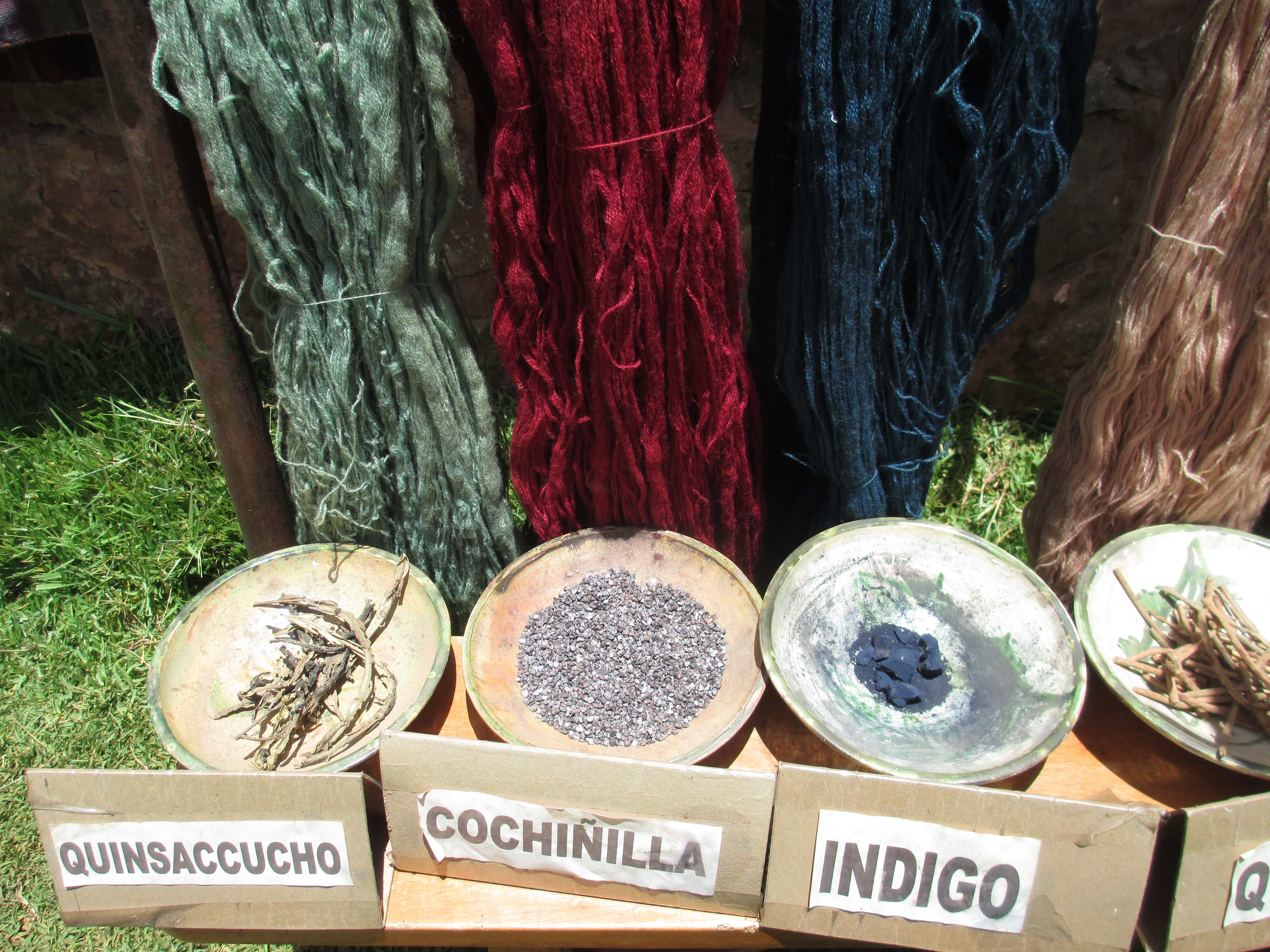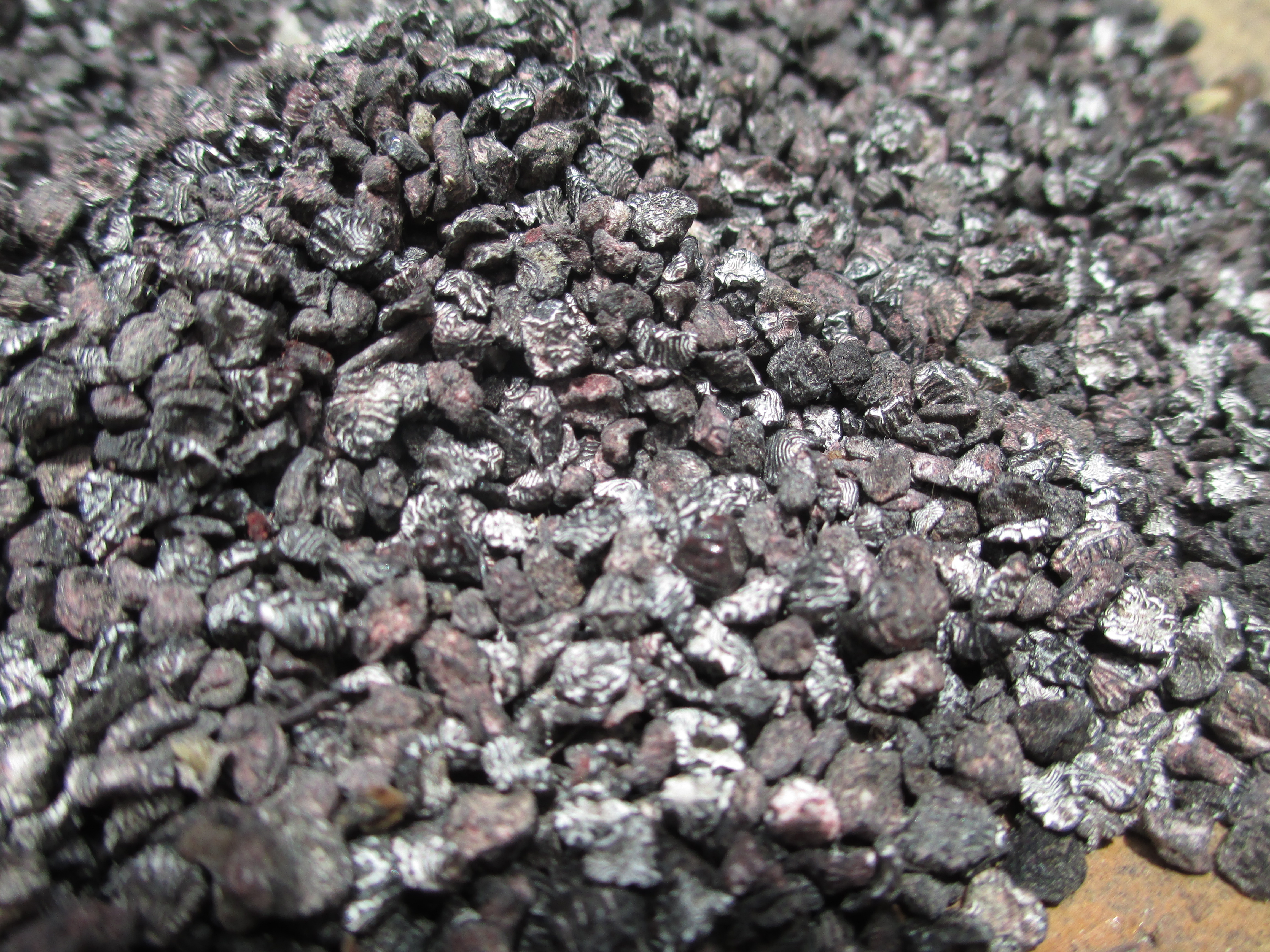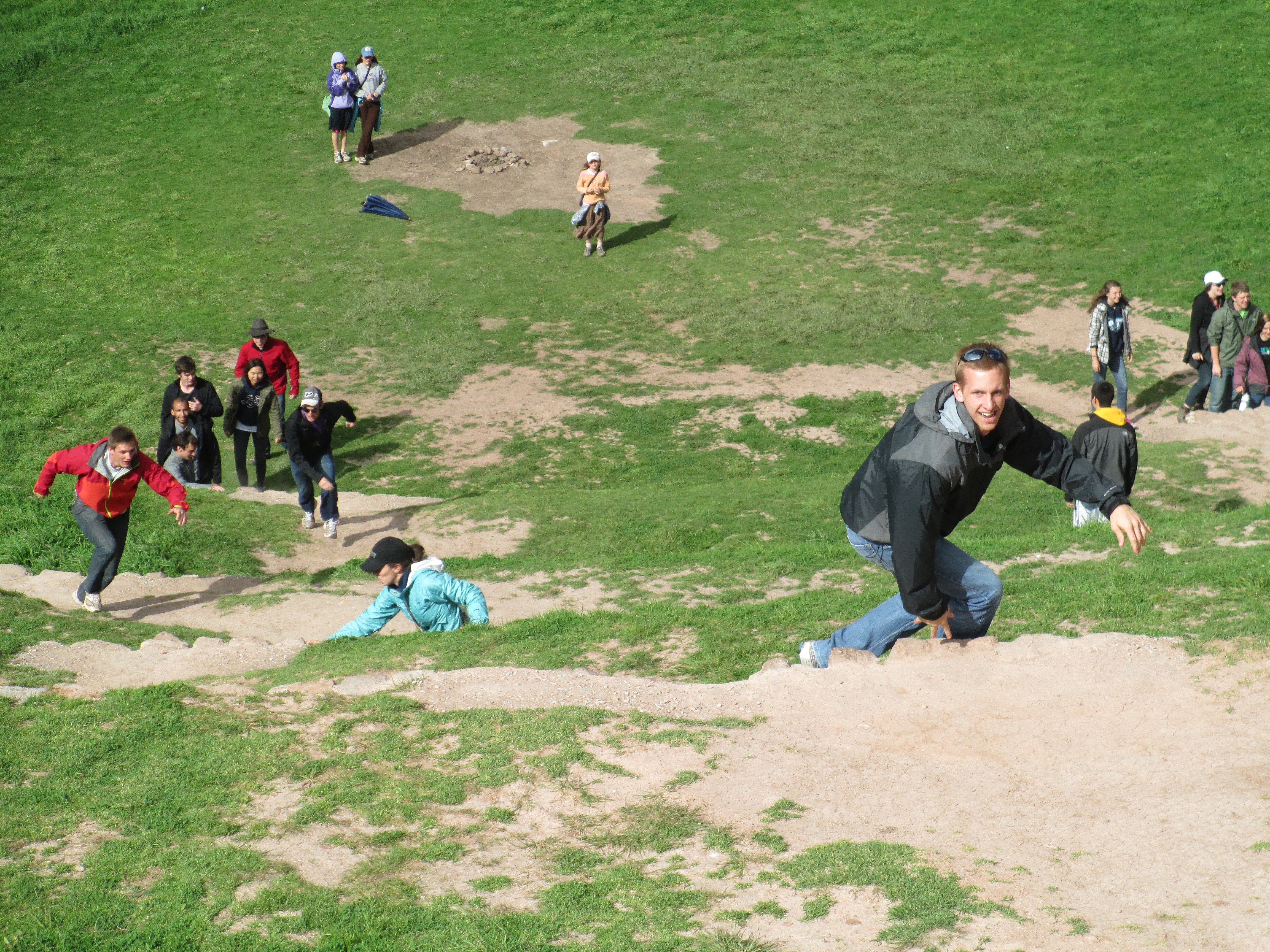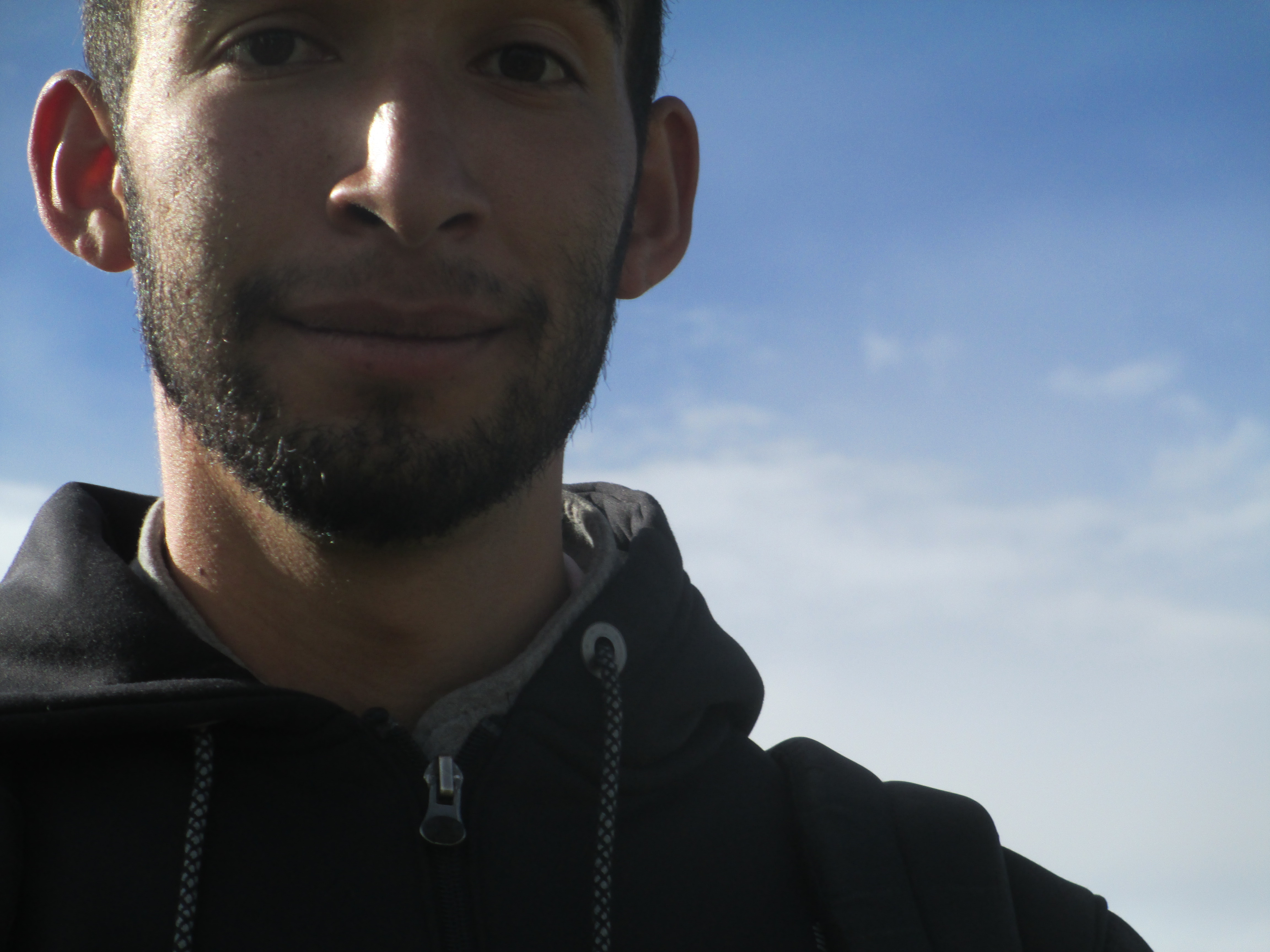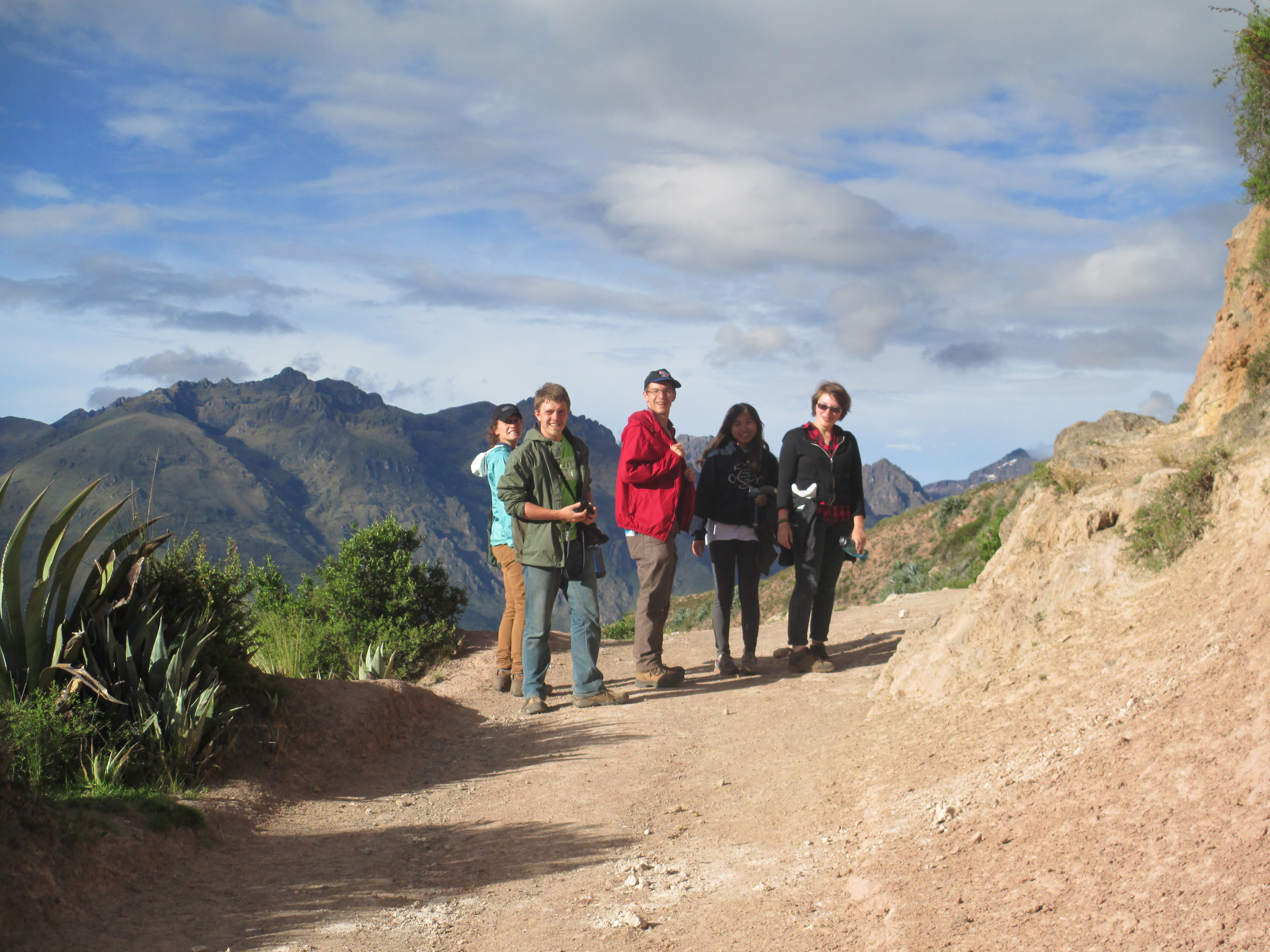Textiles and Tastes
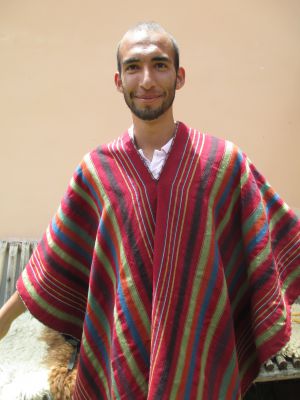
Traditional woven cloth has made a comeback in the Cusco area in recent decades due, interestingly enough, to the strong demand for authentic materials and designs by international visitors. Handmade textiles are time-consuming to produce. However, if foreign tourists are willing to pay a fair price for the labor required, local weavers are more than willing to spend their time shearing alpacas, spinning and dying the wool, and using it to weave intricate designs handed down from their ancestors. We visited a weavers’ cooperative in Chincheros for a demonstration and a chance to support this homegrown industry with our own purchases.
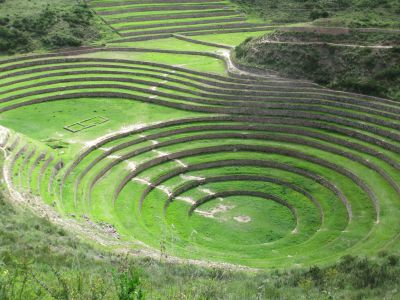
Feeding an empire of 12 million people, over 500 years ago, required ingenuity and hard work. The Moray archaeological site features a one-of-a-kind agricultural experiment station. More than a dozen terraces are arranged in a circular pattern, each one lower and more protected than the one above. According to Oswaldo, our guide, Inca plant scientists used the terraces to simulate growing conditions at various elevations and climate conditions. They cross-pollinated corn and other crops here to develop new varieties and determine where they would grow best.
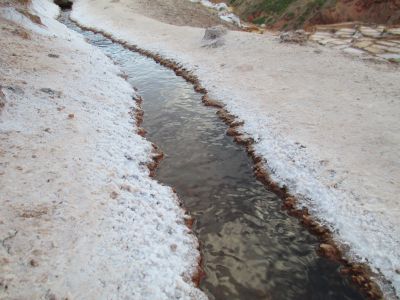
And how did they season all the corn, potatoes, beans and other crops that formed the basis of the Inca diet? Near the village of Maras a saline spring emerges from the earth at the edge of a mountain. Over centuries the community has developed a complicated web of hundreds of holding ponds to contain the salty water. Sunshine dries each pond within weeks, leaving behind a white, savory residue that is collected and used to season Andean cuisine. In the Incas’ time the salt was also used to preserve meat, especially Alpaca. The Quechua word for dried, salted meat — Charky — is the origin of our English word for the same dish: jerky.

